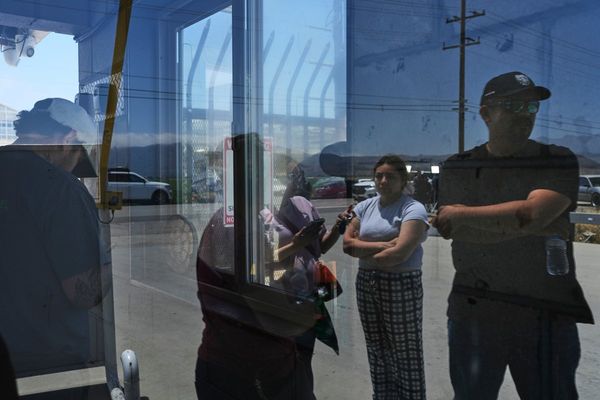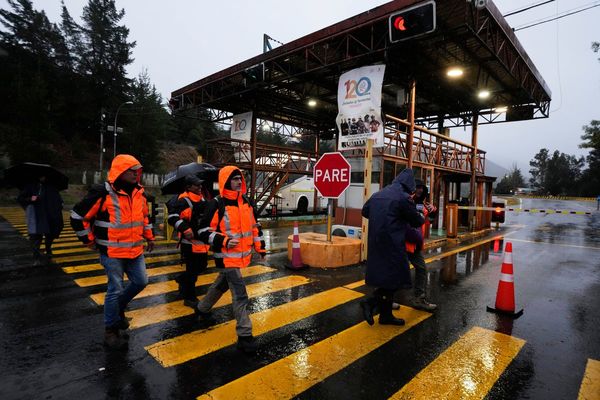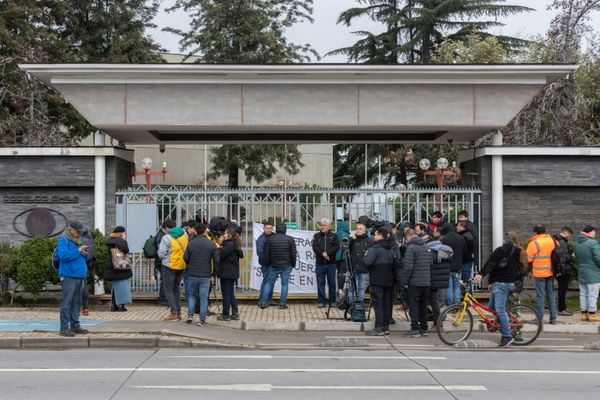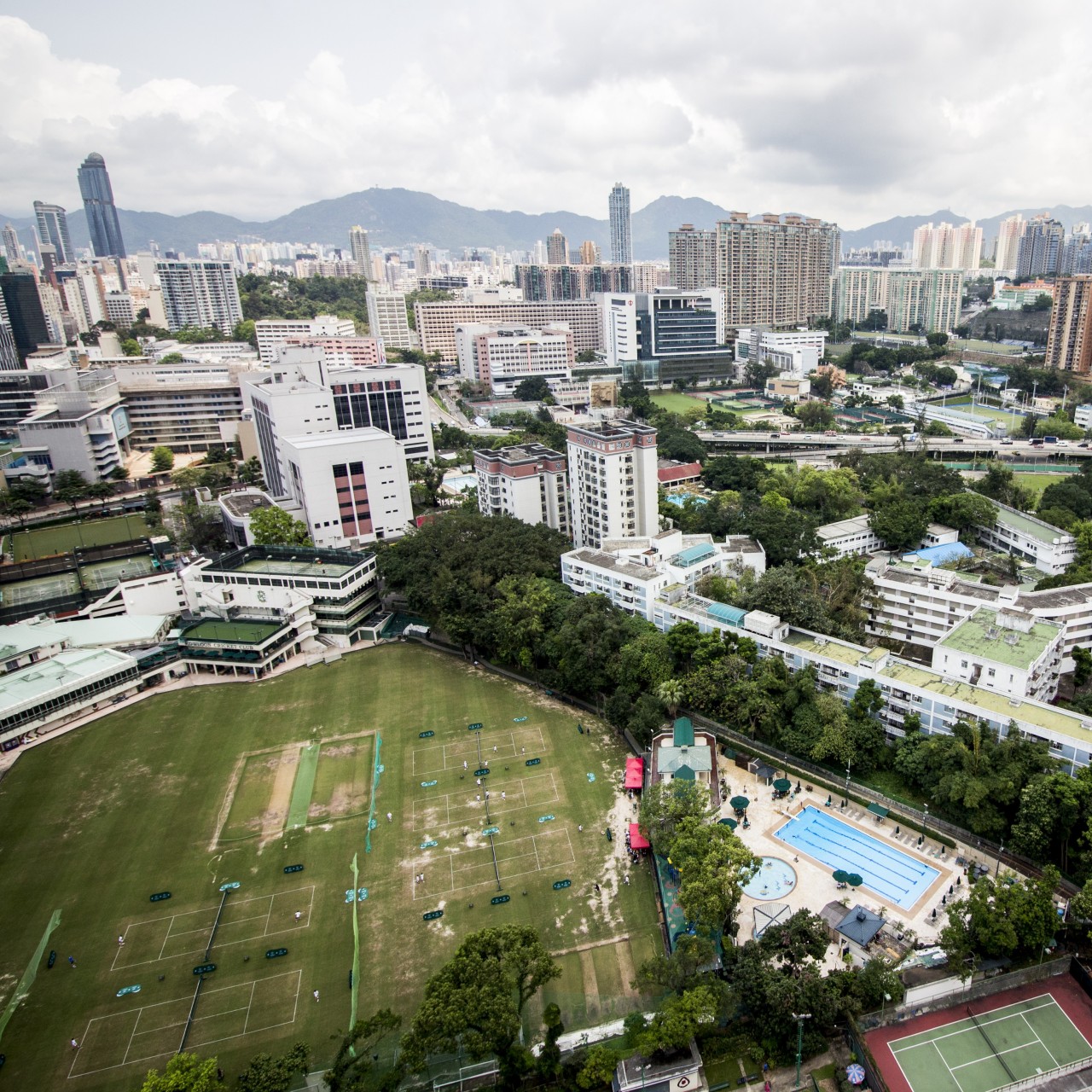
For more than 20 years, Benjamin Chiu has been going to King’s Park. It is where he has played soccer and rugby over the years, and where he began playing with Hong Kong’s youth field hockey squad at 13 years old, winning the final, before moving on to play for the men’s national team.
“A lot of my memories there have merged into a blur,” he says. “The walk to and from the hockey ground on sore legs from a good training session is a rather nostalgic one. I think in a city like Hong Kong the value of having good sporting facilities can often be overlooked.”
One of Kowloon’s “green lungs”, King’s Park is an odd mix of private and public recreational spaces – a legacy of colonial days. Parts of it have been parcelled out between various organisations, from the Kowloon Cricket Club to the India Club to the People’s Liberation Army, which now has a base in the former British military facilities on Gun Club Hill.
Take a lift to the top of a nearby high-rise and you will see it: a jumble of sport grounds, private club grounds and public park in the heart of the Kowloon peninsula, book-ended by the tower blocks of Mong Kok to the north, Yau Ma Tei to the west, and Tsim Sha Tsui to the south and by the steep slopes of Ho Man Tin to the east.
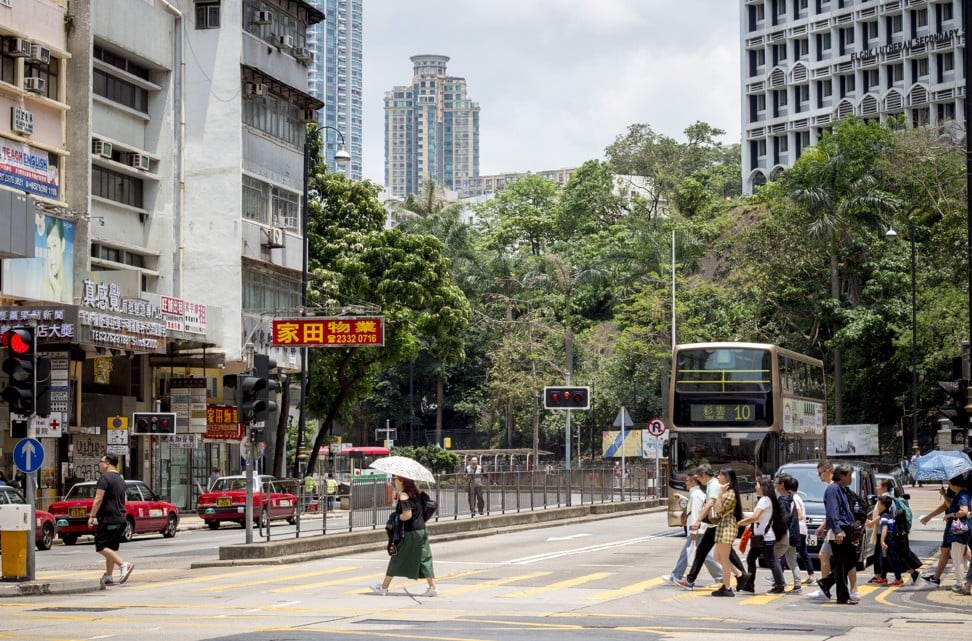
In a city as densely built as Hong Kong, just how did this patchwork of open spaces come to exist? The answer can be found in the Gun Club Hill Barracks.
For a number of years in the mid-19th century, British army officers had been making the journey from Hong Kong Island across Victoria Harbour to shoot birds in a bucolic patch of land just beyond Tsim Sha Tsui, where Kowloon’s indigenous villagers maintained rice paddies and vegetable gardens alongside small streams.
“Game would have included resident birds such as the Chinese francolin or partridge, and the spotted-neck dove, as well as migratory birds such as teal, duck, geese, quail, woodcock and snipe,” noted R.G. Horsnell in 1998 in the Journal of the Royal Asiatic Society Hong Kong Branch.
Familiar with this gently sloping terrain, the military laid claim to it as soon as Kowloon was ceded to the British in the 1860 Convention of Peking.
The whole area was reserved as a firing range, with a small hill at its north end named Danger Flag Hill, as it was where red warning flags were hoisted when firing took place. Gun Club Hill stood to the south of it, and this is where the military built permanent installations in 1903.
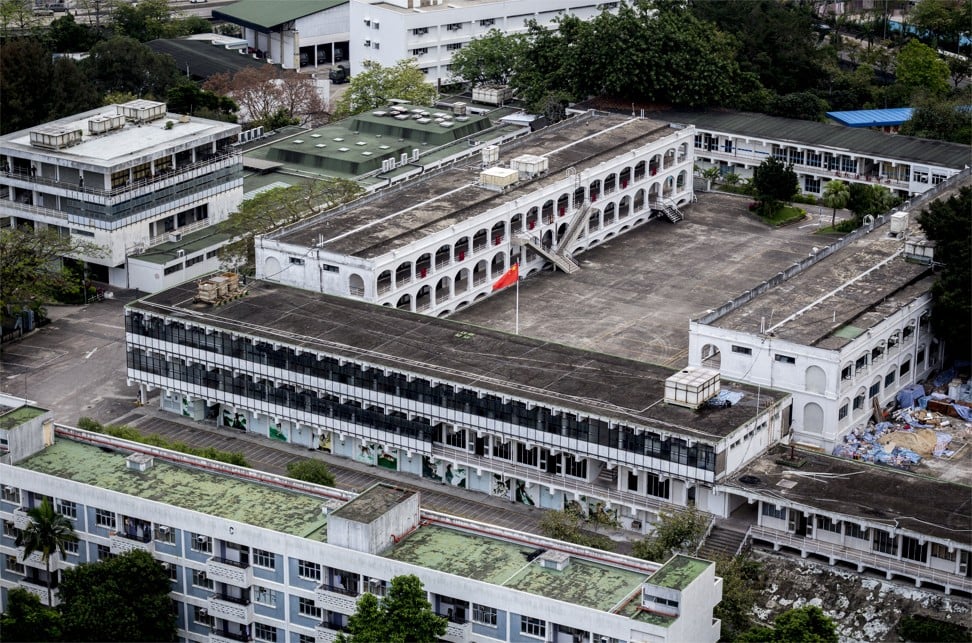
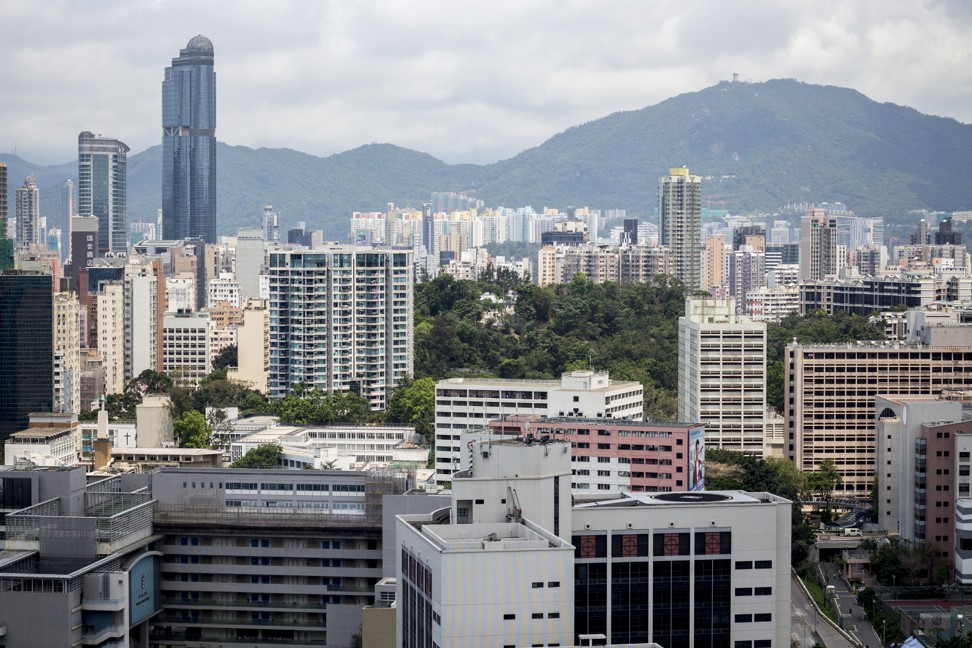
At some point – it is not clear when – the area in between the two hills came to be known as King’s Park in honour of Britain’s King Edward VII, who ruled from 1901 to 1910.
King’s Park did not live up to its name at first. In 1904, it was used as an internment camp for Russian soldiers marooned off the coast of China during the Russo-Japanese war. The following year, however, the government drew up plans to turn the land between Gascoigne Road and Austin Road into playing fields with room for cricket and bowls.
“We may look forward to something definite taking shape to afford the good folk of Kowloon a pleasant recreation ground,” noted the Post in March 1905.
The playing fields between Cliffside and Wylie Gardens were a wasteland. We had great Guy Fawkes nights down there with big bonfires. There was also a storm water culvert we used to like exploring. Mad and dangerous – Katherine Woodthorpe
At the time, the colonial government had a hands-off approach to city management; the only public parks in the whole of Hong Kong were the Botanical Gardens and Blake Garden. In keeping with this approach, the day-to-day operation of King’s Park was left to private associations.
As long as you could meet the steep membership fees – and the restrictions on race and gender imposed by many clubs – you could spend the afternoon playing cricket with your friends, or indulge in a round of golf with Lion Rock looming on the horizon.
It was public space, but not necessarily space open to the public.
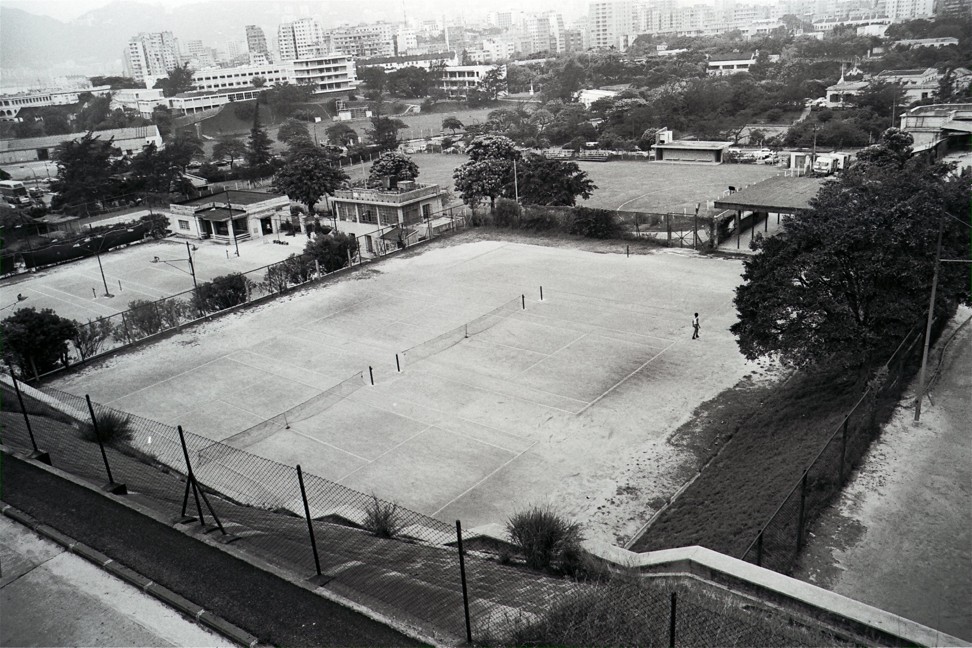
Some people disagreed with using this land for recreation. Housing in early-20th-century Hong Kong was scarce and expensive, and in 1919 the Post reported that European expatriates were being outbid on properties in Mid-Levels on Hong Kong Island by wealthy Japanese newcomers. In response, a group of them argued that King’s Park be developed into homes.
“Probably of the many civilian golfers who have trod King’s Park, 90 per cent have imagined it occupied by homes,” the article noted.
This was not an altogether civic-minded proposal: the plan was for a “European reservation” restricted only to white Hong Kong residents, and King’s Park was lauded as an ideal location because “it is naturally protected by hills on three sides from encroachment by a poorer class of property”.
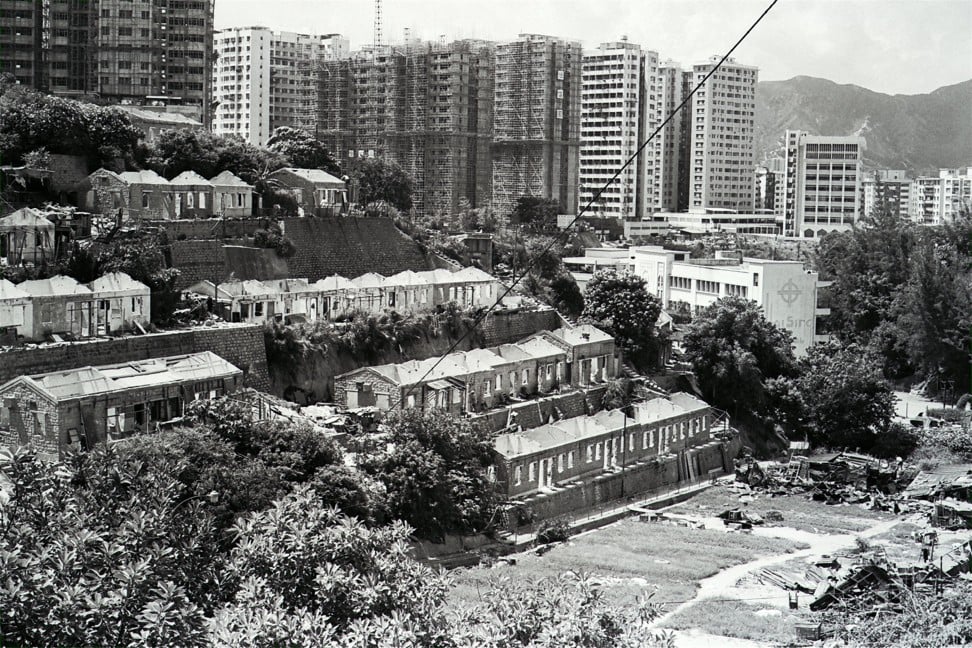
That plan never came to fruition, of course. Instead, over the decades, the recreation clubs of King’s Park expanded their presence and built new facilities, including what the Post described as a “fine imposing pavilion” erected by utility company China Light and Power (now CLP Group) for its employees in 1932.
All told, there were clubs for cricketers (the Kowloon Cricket Club, opened in 1908), military families (the United Services Recreation Club, 1911), lawn bowlers (the Kowloon Bowling Green Club, 1926), Filipinos (the Filipino Club, 1927), Portuguese Hongkongers (the Club de Recreio, 1928) and Chinese civil servants (the Hong Kong Chinese Civil Servants’ Association, 1952).
There aren’t many reports of what happened to the clubs during the Japanese occupation in World War II – at least some of them were used by Japanese military officers – but they survived and resumed operations after the war. Development expanded to include the rough terrain just north of the playing fields, the area previously known as Danger Flag Hill.
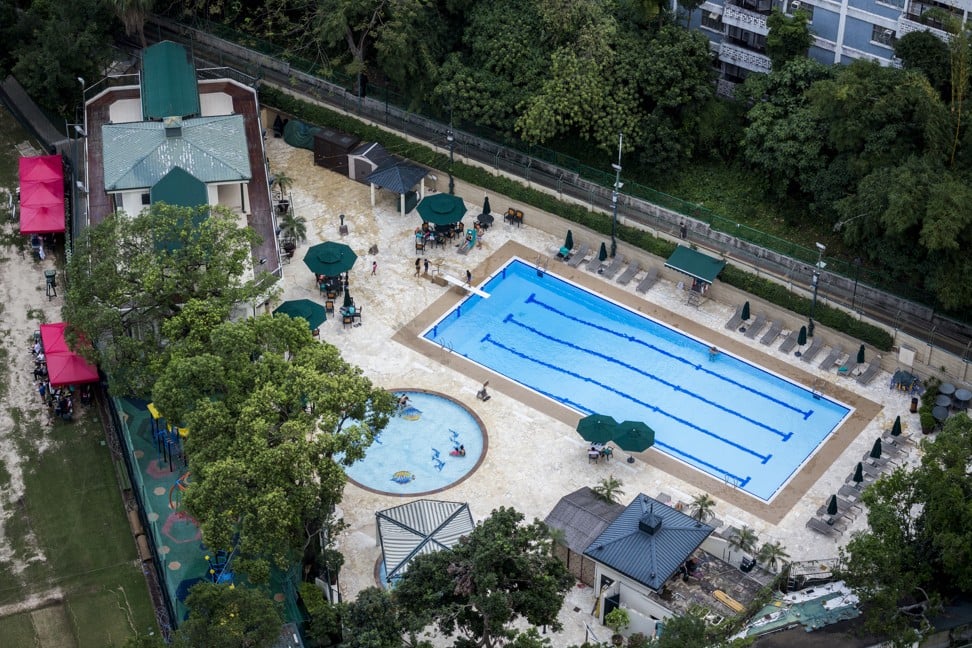
In 1949, four six-storey blocks of flats were built at the top of the peak for civil servants. Katherine Woodthorpe grew up there from 1964 to 1979 and remembers the surrounding landscape was still quite rugged.
“The playing fields between Cliffside and Wylie Gardens were a wasteland,” she says. “We had great Guy Fawkes nights down there with big bonfires. There was also a storm water culvert we used to like exploring. Mad and dangerous!”
It was an idyllic place for children. Woodthorpe says she was part of a gang of kids between seven and 10 years old.
Probably of the many civilian golfers who have trod King’s Park, 90 per cent have imagined it occupied by homes – from a South China Morning Post report in 1919
“Almost every evening we would mooch downstairs after homework and play rounders with a tennis ball and a fist instead of a bat,” Woodthorpe says. An ice cream man would often ride up to the flats on a motorcycle with a sidecar cooler full of frozen treats.
“There was also a guy who played wooden xylophone really badly. He’d set up between one to two blocks away and we’d give him money just to make him go away.”
The area near the flats changed drastically in the decades Woodthorpe lived there. Queen Elizabeth Hospital opened in King’s Park in 1963 as the largest general hospital in the Commonwealth. In 1967, the United Services Recreation Club’s golf course was redeveloped as a military hospital (which was later knocked down for luxury flats, along with the civil servants’ quarters).
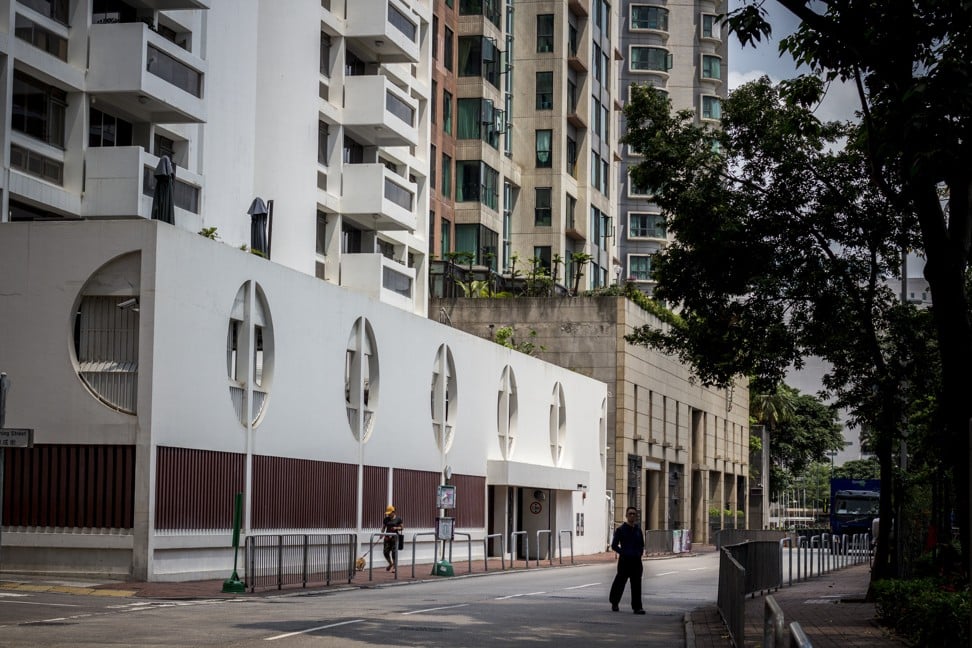
Government-run sports grounds opened in 1972, along with a public garden on top of the old Danger Flag Hill – the first truly public recreational facilities in the area.
Today, King’s Park is a patchwork quilt of mostly private green spaces through which a few public spaces are threaded. If you make your way to Austin Road, you will spot a cannon next to the sealed entrance to the former Gun Club Hill Barracks. This is the entrance to Jordan Path, a leafy walkway that gives you a view of bowling greens and cricket pitches on one side and People’s Liberation Army quarters on the other.
From there, Gascoigne Road takes you to Wylie Road, where the rhythmic thud of tennis balls mixes with the cheers of hockey fans.
Continue uphill and finally there is a bit of public open space: basketball courts, playgrounds, sitting-out areas and, if you make your way through the woods, a hilltop lawn and jogging track – some room to stretch your legs in a city where that is often a luxury.
